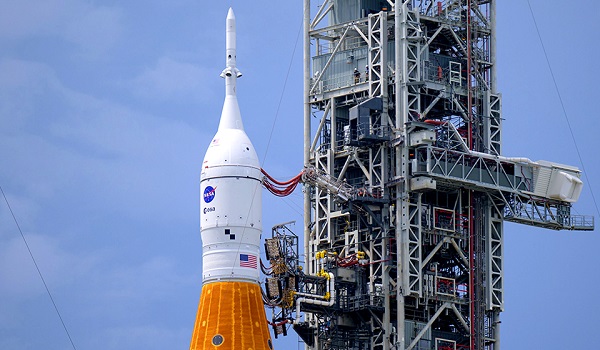When we think about well-known logos, we wonder how they came to be. What was the original idea and inspiration? Why have they evolved over the years? Usually, logos have a history. Today, we are going to talk about the history of the Apple logo which is one of the most famous logos in the world.
Apple was born in 1976, in Steve Jobs’ garage in Los Altos, California, along with Steve Wozniak and Ronald Wayne. One year later, in 1977, Apple became a company. At first, they wanted to sell computers, then moved on to mobile products, and finally streaming platforms.
The Apple logo had an eventful beginning. Initially, its name and branding resembled that of Apple Records, the record company owned by the Beatles at the time. The Beatles decided to sue, and Apple had to pay damages to Apple Records.
In order to create a new, more simple and representative logo, Steve Jobs hired a graphic designer, Rob Janoff, giving birth to the Apple logo as we know it today: the bitten apple. But what was unique about this new apple logo? It was composed of the colors of the rainbow. Steve Jobs wanted a logo that stood out and made you want to buy the product. But why did he decide to use an apple with a bite taken out of it?
Janoff answered this very question in an interview in 2009. The bite is there for scale, so a small Apple logo always looks like an apple, not a cherry. And why an apple? Steve Jobs, who worked in an orchard when he was a boy, decided to name his computers after his favorite kind of apple, the McIntosh.
This logo remained the same until 1998, when Steve Jobs decided to create a new brand image for his products. He opted for a monochrome logo this time. The company was established enough that Steve Jobs wanted to try and portray it as a luxury brand, which was ultimately successful. The logo was first blue and translucent with a three-dimensional look, then plain black between 1998 and 2000.
Subsequently, the logo was shaped a little thinner and slightly more elaborate in 2001, with the introduction of the "aqua" version that was more translucent and silvery.
In 2007, Apple made a minor redesign of the logo. The transparency disappeared, and only the silver color was kept. This version also utilized the effect of depth.
After various trials, Steve Jobs finally decided to return to the black two-dimensional version of the logo of the 2000s. There are also white and grey versions. This logo is versatile because it can be used on devices, the website, as well as storefronts.DailyBangladesh/RAH, Source: https://www.daily-bangladesh.com




